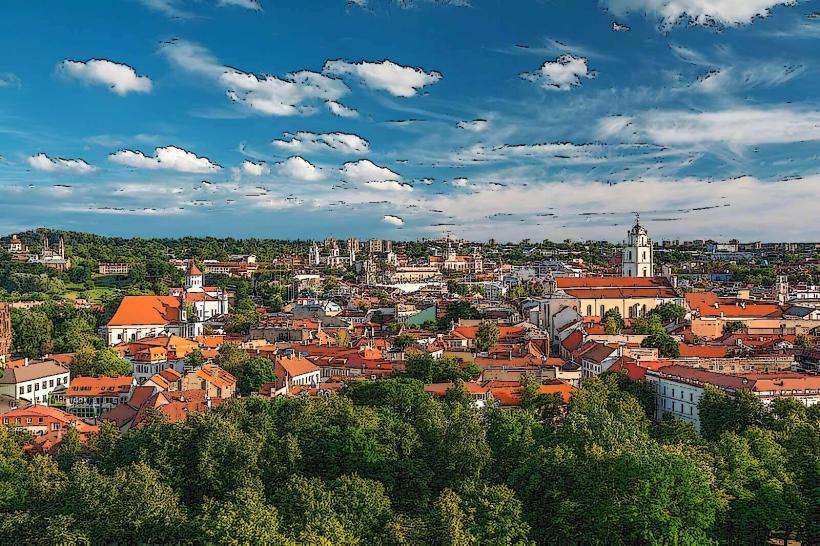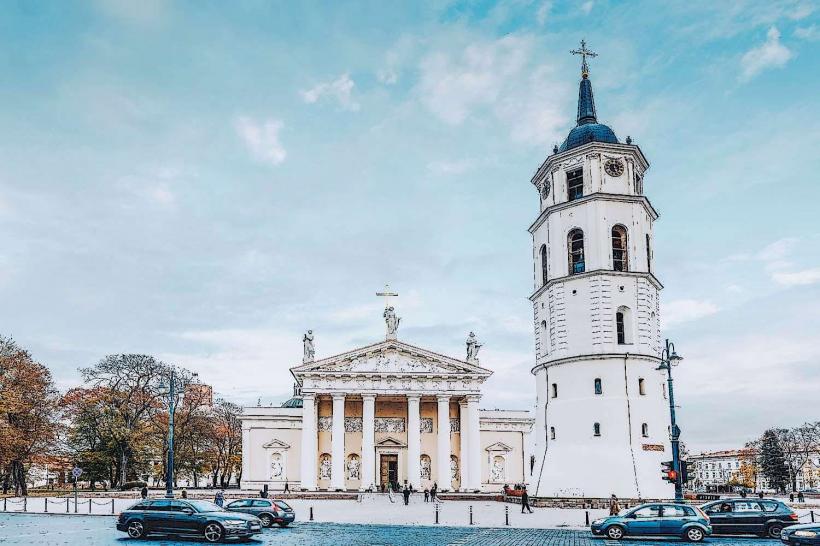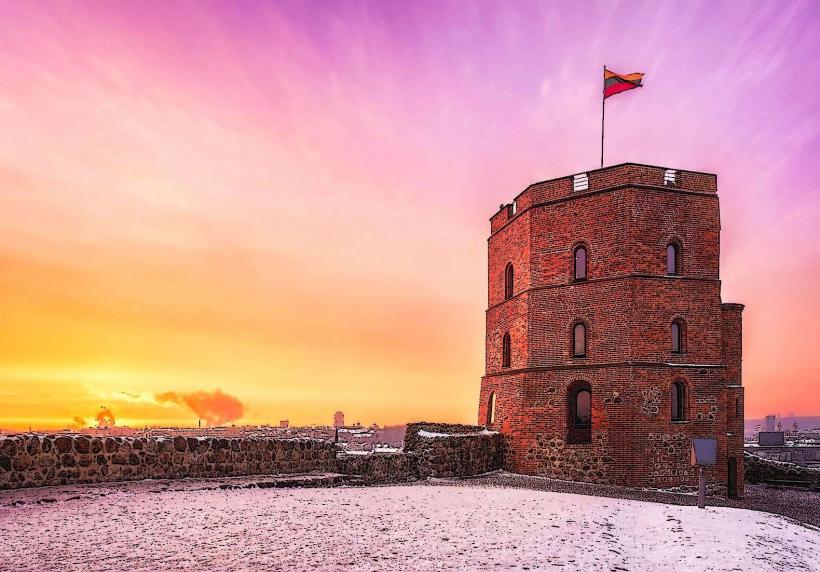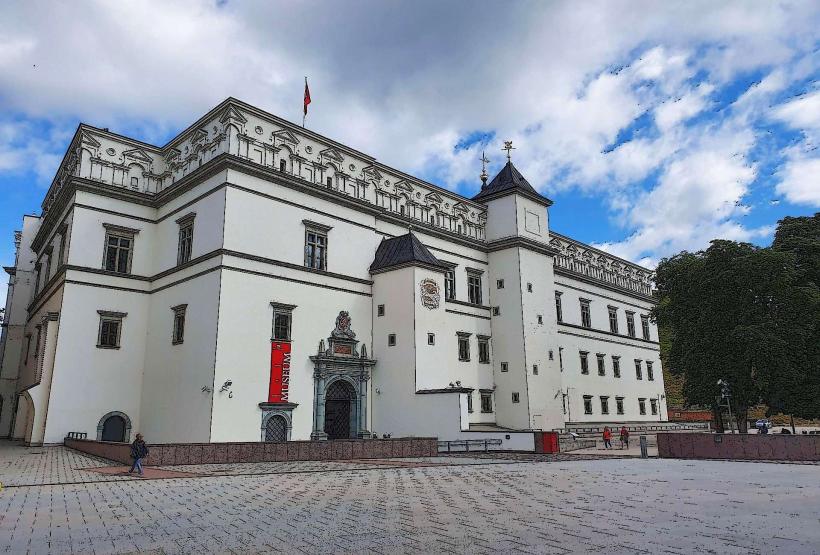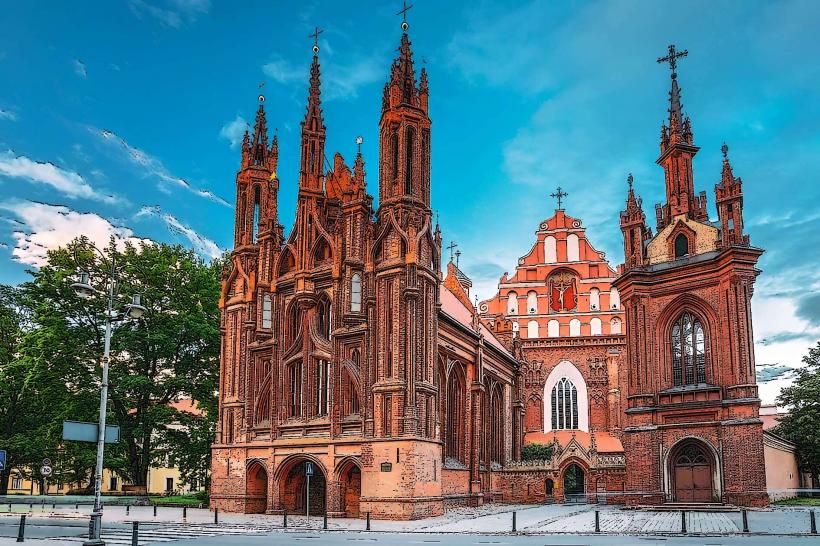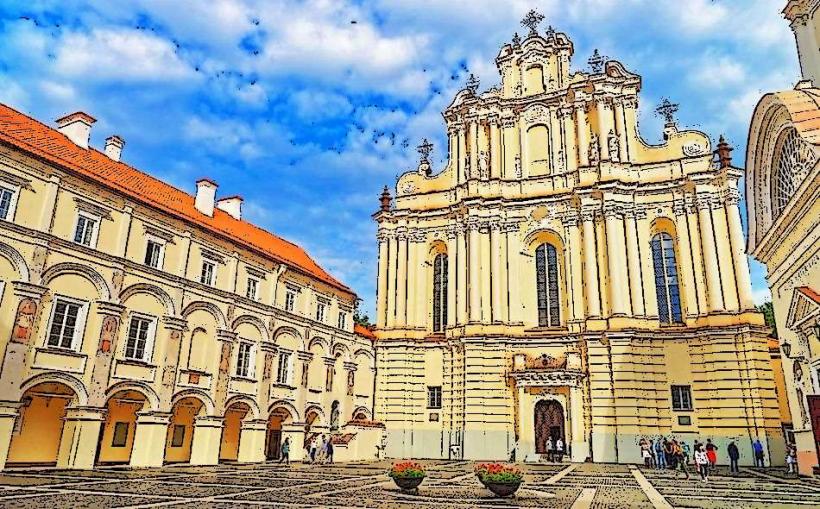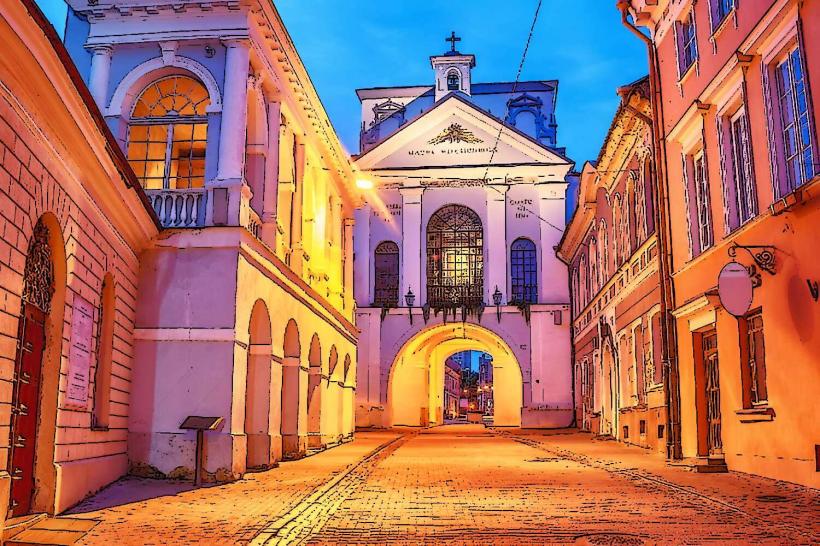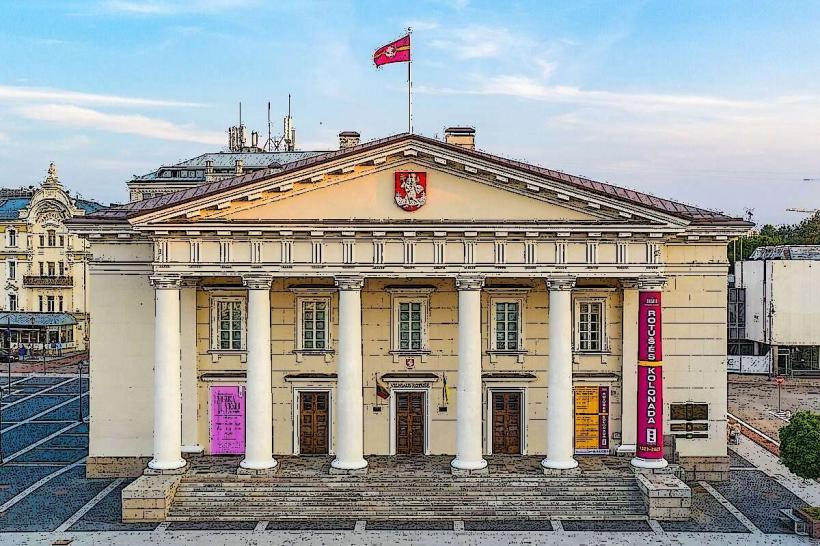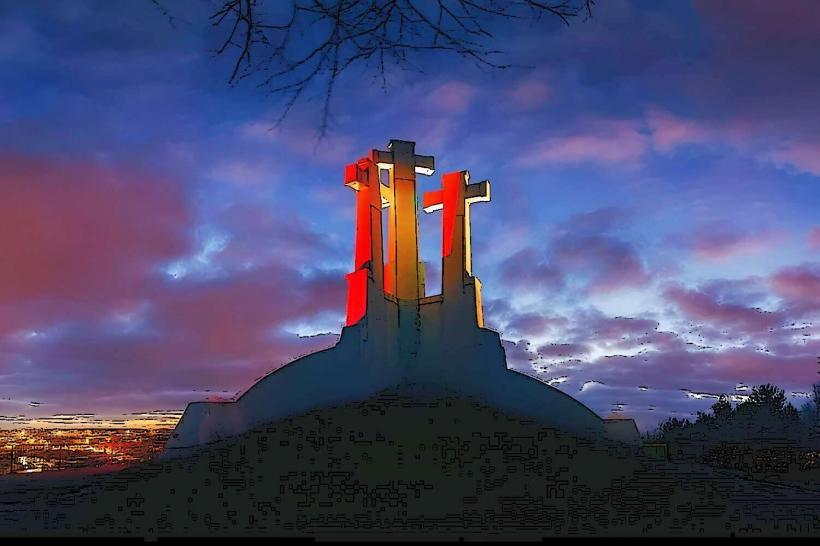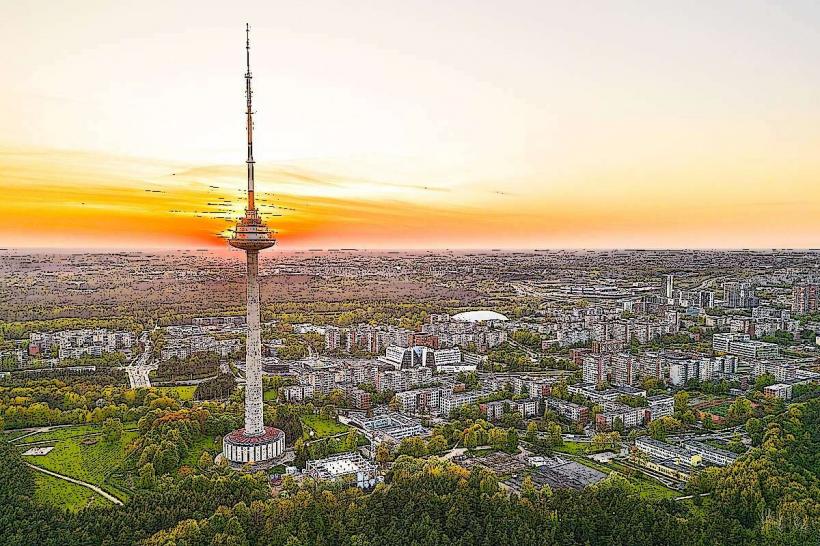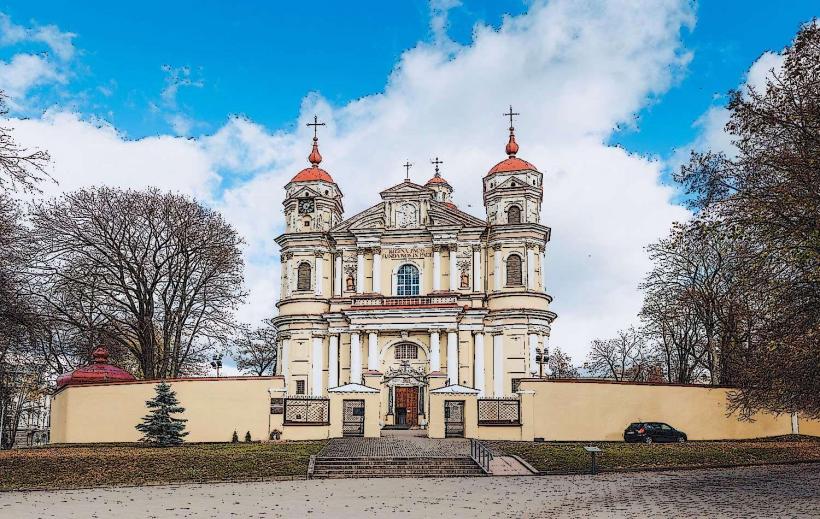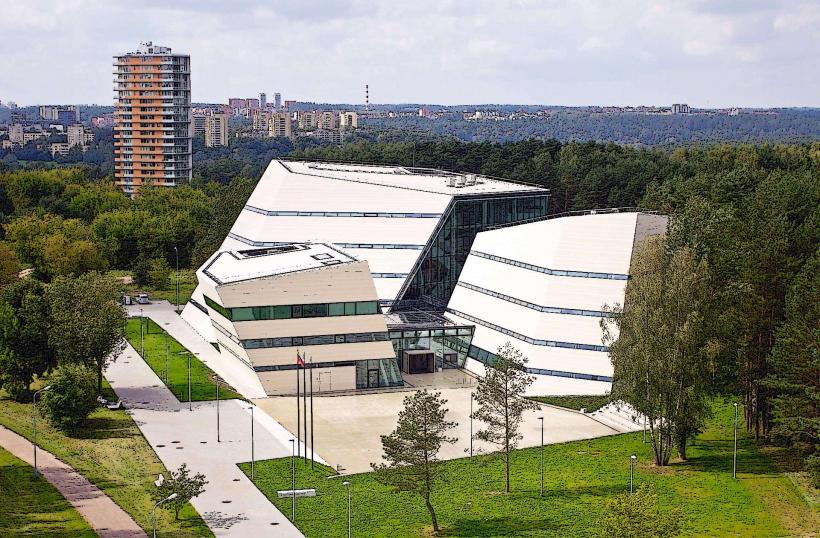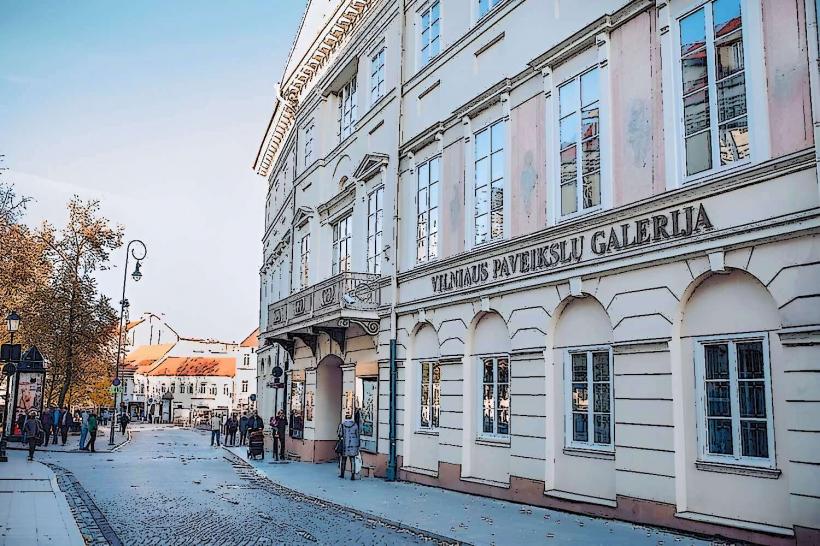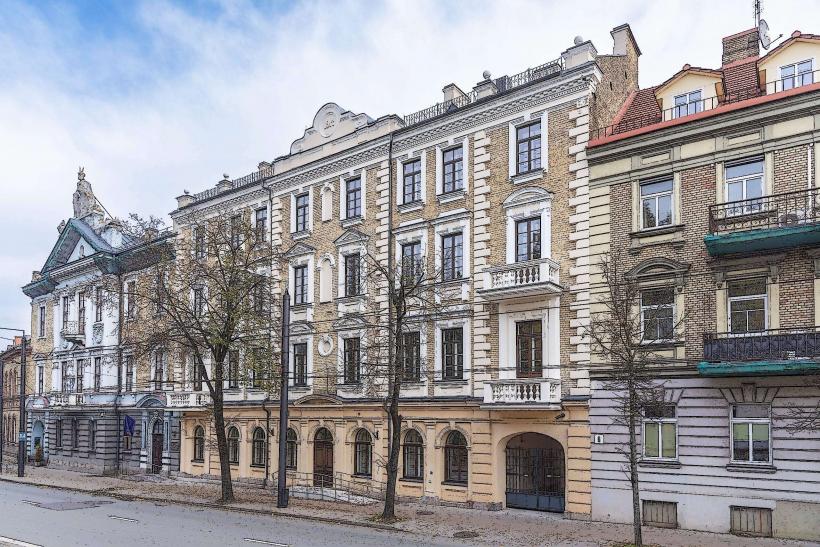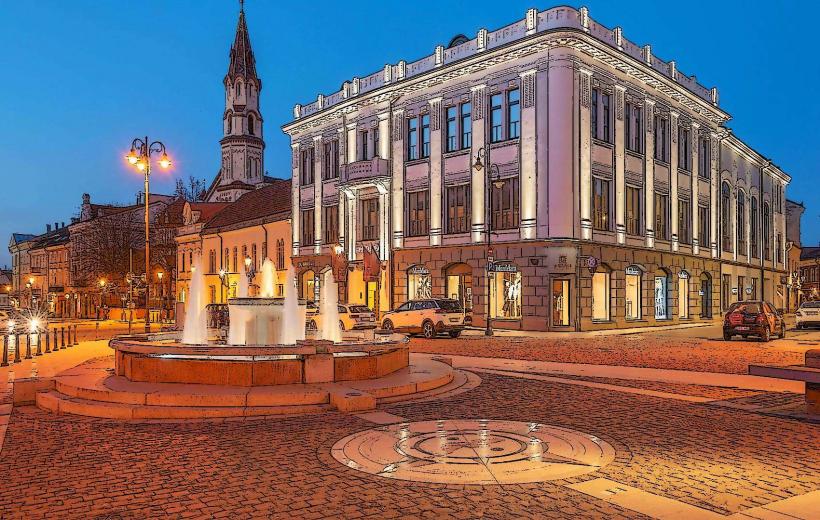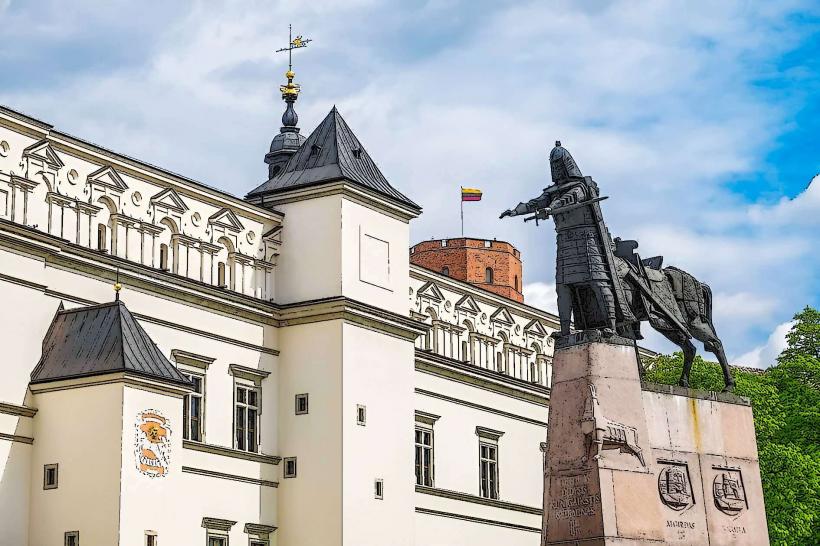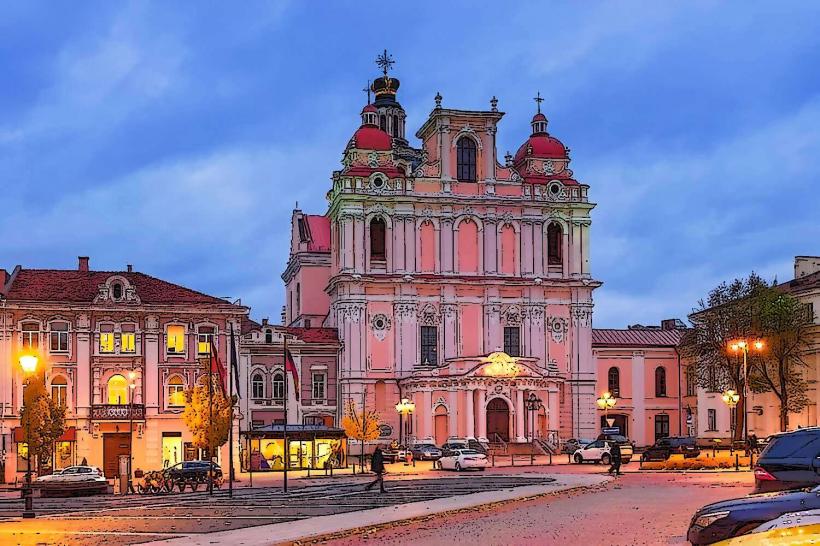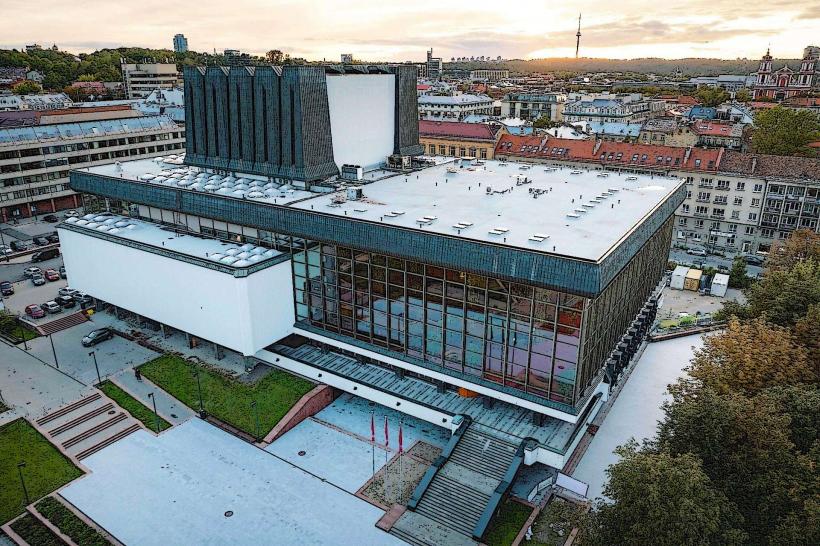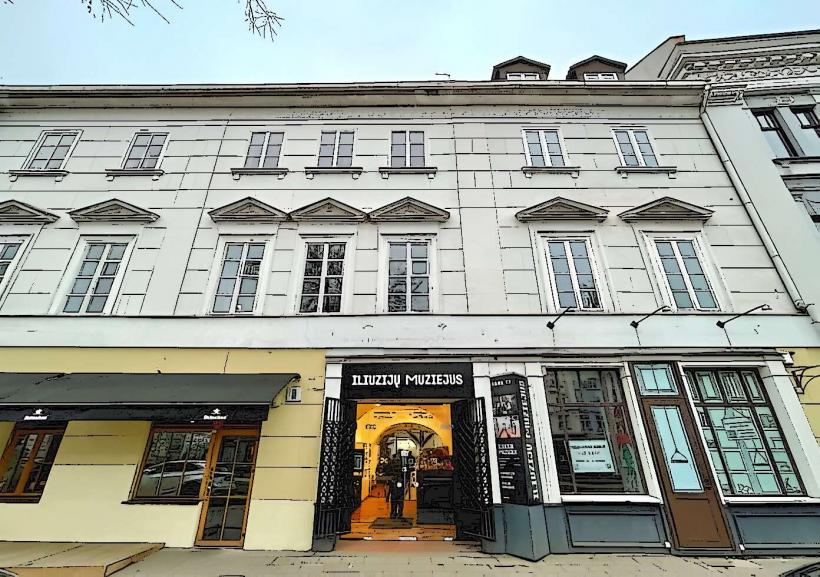Information
Landmark: Museum of Occupations and Freedom FightsCity: Vilnius
Country: Lithuania
Continent: Europe
Museum of Occupations and Freedom Fights (Okupacijų ir laisvės kovų muziejus)
The Museum of Occupations and Freedom Fights (Lithuanian: Okupacijų ir laisvės kovų muziejus) in Vilnius is a pivotal institution dedicated to preserving the memory of Lithuania's Soviet occupation and the struggle for independence during the 20th century. This museum plays a key role in documenting the oppressive regimes of Nazi Germany and the Soviet Union and the courage of the Lithuanian people who resisted occupation. It serves as a powerful reminder of Lithuania's resilience and the country’s eventual restoration of independence.
Historical Background
Soviet and Nazi Occupations: Lithuania experienced multiple occupations during the 20th century. From 1940 to 1941, it was occupied by the Soviet Union, followed by a brief period of occupation by Nazi Germany during World War II (1941–1944). After the war, Lithuania was re-occupied by the Soviet Union, which lasted until 1990, when Lithuania declared its independence.
Struggle for Independence: Throughout these periods of occupation, the Lithuanian people engaged in various forms of resistance, ranging from armed resistance to non-violent civil disobedience. The Soviet regime in particular sought to suppress Lithuanian culture, language, and religion, leading to widespread persecution, deportations, and arrests.
Museum’s Mission: The museum was founded to document the Soviet occupation, the freedom fights, and the stories of individuals who resisted oppression. It aims to preserve the memory of the many Lithuanians who suffered under these regimes, including those who fought for independence and those who endured the hardships of the occupation.
Location and Building
The Museum of Occupations and Freedom Fights is housed in a historic building on Gedimino Avenue in Vilnius, which was once the KGB headquarters in Lithuania. This location itself carries deep historical significance, as it was the center of the Soviet security and repression apparatus in the country. The building is a poignant backdrop for the museum’s exhibits, as many individuals were imprisoned, tortured, and executed here during the Soviet occupation.
KGB Prison: One of the museum's key components is the preserved KGB prison, which is located in the basement and upper floors of the building. It offers visitors a chilling glimpse into the methods of repression and torture used by the KGB against those who resisted Soviet rule. The rooms are filled with exhibits detailing the stories of prisoners, their treatment, and the harsh conditions they endured.
Exhibitions and Collections
Soviet Occupation: The museum’s permanent exhibitions document Lithuania’s experience under Soviet occupation, focusing on the militarization of the country, the deportations of civilians to Siberia, the suppression of political and religious freedoms, and the daily lives of Lithuanians under the Soviet regime. It explores how Lithuanian culture, the Lithuanian language, and national identity were systematically undermined by Soviet policies.
Deportations and the Gulag: One of the most powerful exhibitions at the museum deals with the deportations of Lithuanians to Siberia and other Soviet labor camps. It highlights the personal stories of those sent into exile, many of whom were families torn apart and forced into inhumane labor conditions. It serves as a testament to the brutal impact of Soviet policies on the Lithuanian population.
The Freedom Fighters: The museum also emphasizes the struggle for freedom, focusing on the anti-Soviet resistance movements that emerged during the occupation. This includes the Forest Brothers (Lithuanian: Miško broliai), a group of armed resistance fighters who engaged in guerrilla warfare against the Soviet authorities from the late 1940s until the early 1950s. The museum showcases their contributions to the national liberation effort and the personal sacrifices made by those involved in these movements.
Soviet Repression Methods: The museum also displays the tools of Soviet repression, including interrogation rooms, secret police uniforms, and documents. It explains the surveillance tactics used by the KGB, including the informant network and the extensive use of propaganda to maintain control over the Lithuanian population. Visitors can learn about the systematic efforts to stifle dissent and suppress freedom through censorship, surveillance, and fear.
Restoration of Independence: The museum also addresses the period leading up to the restoration of Lithuania's independence in 1990, including the events of January 13, 1991, when Soviet troops attempted to suppress the Lithuanian independence movement. The museum covers the violent crackdown and the massive civil resistance that followed. Personal stories of the Baltic Way (a peaceful demonstration that connected the capitals of the Baltic states in 1989) and other independence-related movements are showcased.
Key Exhibits
KGB Cells: The preserved cells in the basement of the building are among the most powerful parts of the museum. These rooms housed political prisoners, often under harsh conditions, and were the sites of brutal interrogations and executions. Visitors can learn about the physical and psychological torture that prisoners endured, as well as the acts of resistance they engaged in.
Documents and Photographs: The museum houses a collection of documents, photographs, and personal testimonies that chronicle the experiences of Lithuanian citizens during the Soviet period. These artifacts include letters, diaries, and official KGB files that offer a rare and personal view into life under totalitarian rule.
The Remembrance Wall: A part of the museum is dedicated to the remembrance of victims of Soviet repression. A wall of remembrance is dedicated to individuals who were executed, imprisoned, or disappeared during the occupation. This wall honors their courage and resistance against tyranny.
Educational and Cultural Role
Public Programs: The museum is not only a place of remembrance but also an active educational institution. It offers a range of public programs, including lectures, film screenings, and educational workshops, aimed at increasing awareness of the history of Lithuania’s struggle for freedom.
International Collaboration: The museum also works with other institutions and museums across Europe to foster international understanding of the impact of totalitarian regimes. It participates in educational initiatives that promote freedom, democracy, and human rights.
Visitor Experience: The museum offers guided tours in multiple languages, helping visitors understand the complex history of the Soviet occupation, the resistance movements, and the eventual path to independence. Interactive exhibits, including videos and survivor testimonies, allow visitors to connect emotionally with the stories of individuals who endured great hardship for the cause of freedom.
Conclusion
The Museum of Occupations and Freedom Fights is a crucial institution for understanding Lithuania's history of resistance against foreign domination and its struggle for sovereignty and independence. The museum not only preserves the memory of the past but also educates future generations about the value of freedom, the human cost of oppression, and the importance of national identity. It is a somber yet essential space that reminds both Lithuanians and visitors of the sacrifices made for the country’s freedom.

